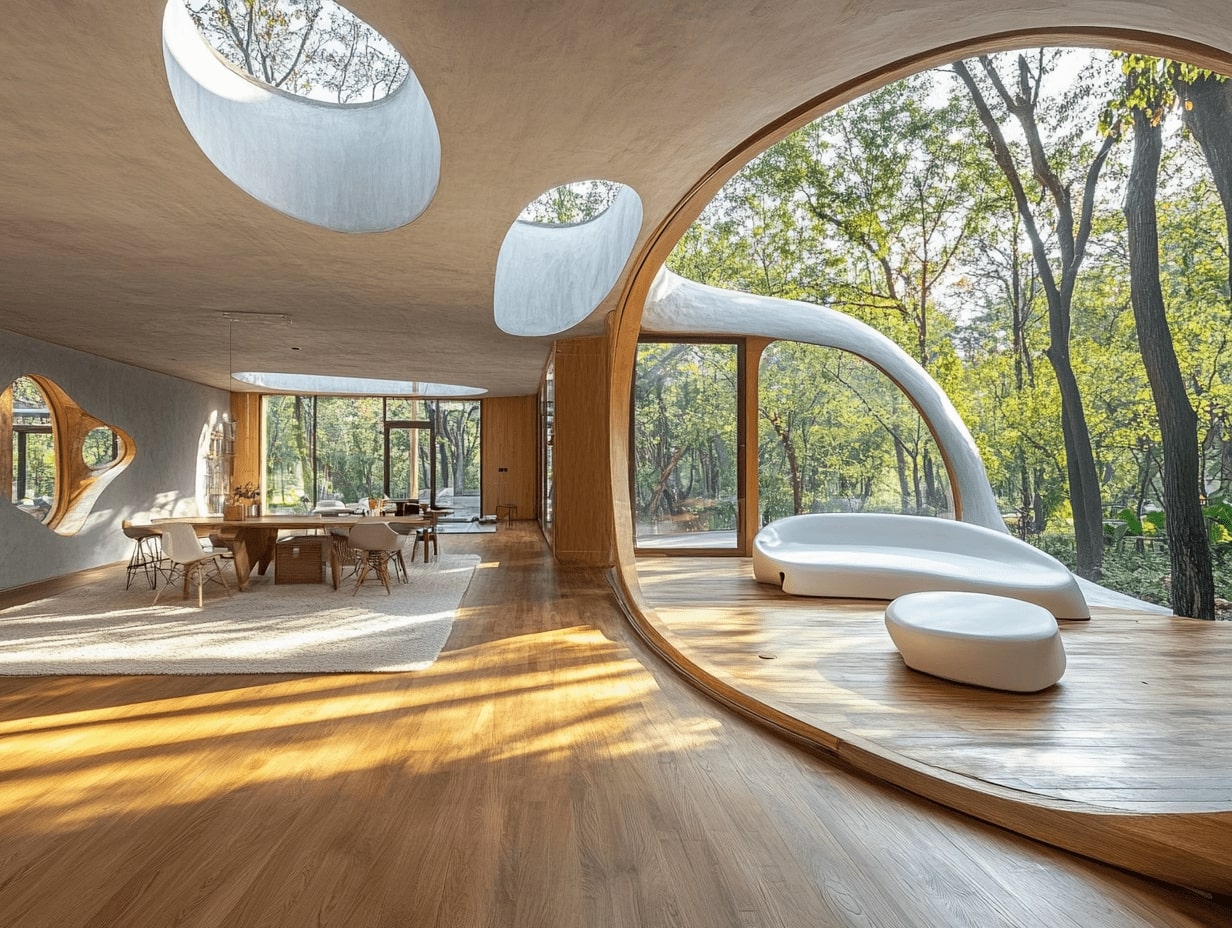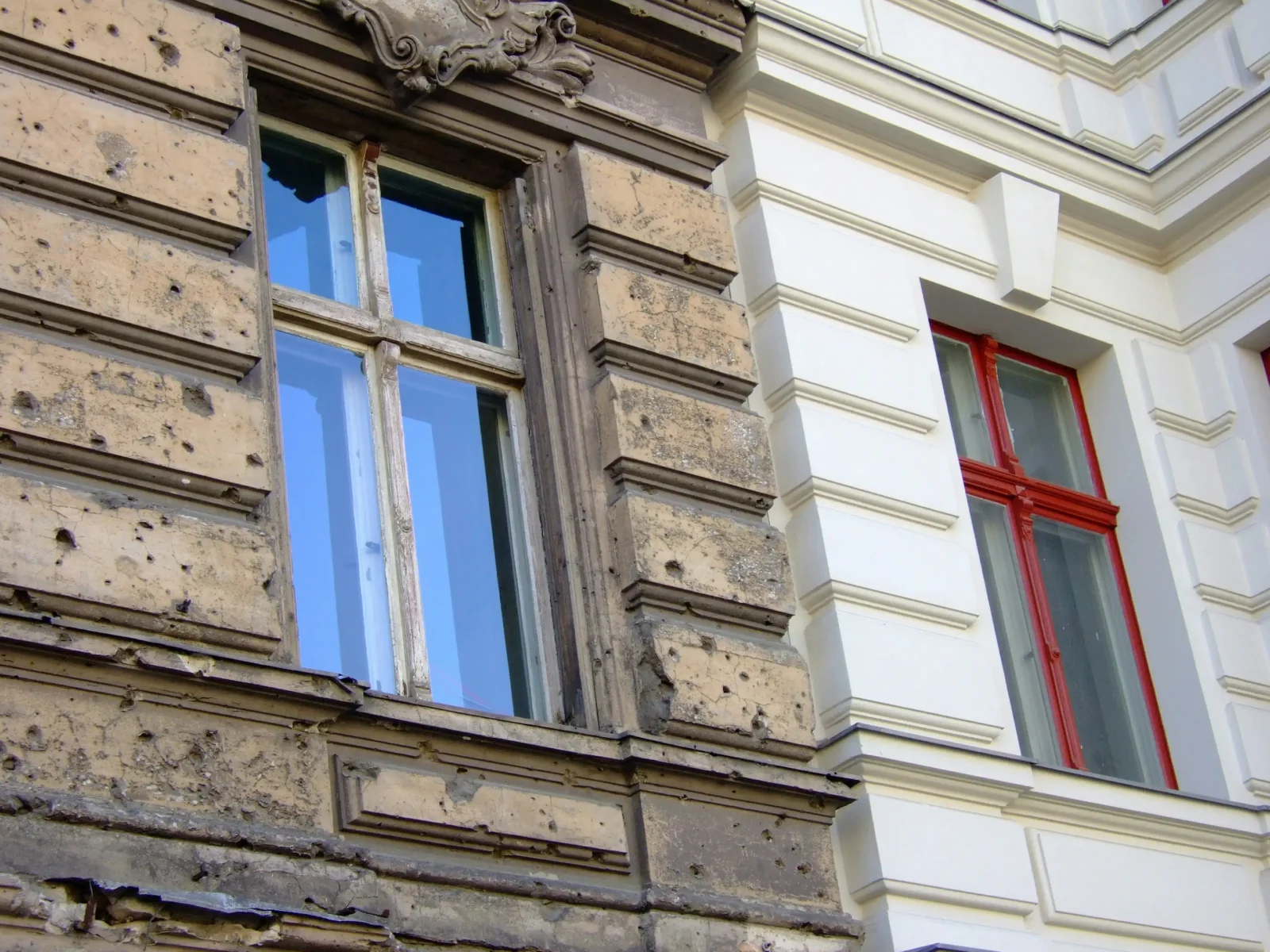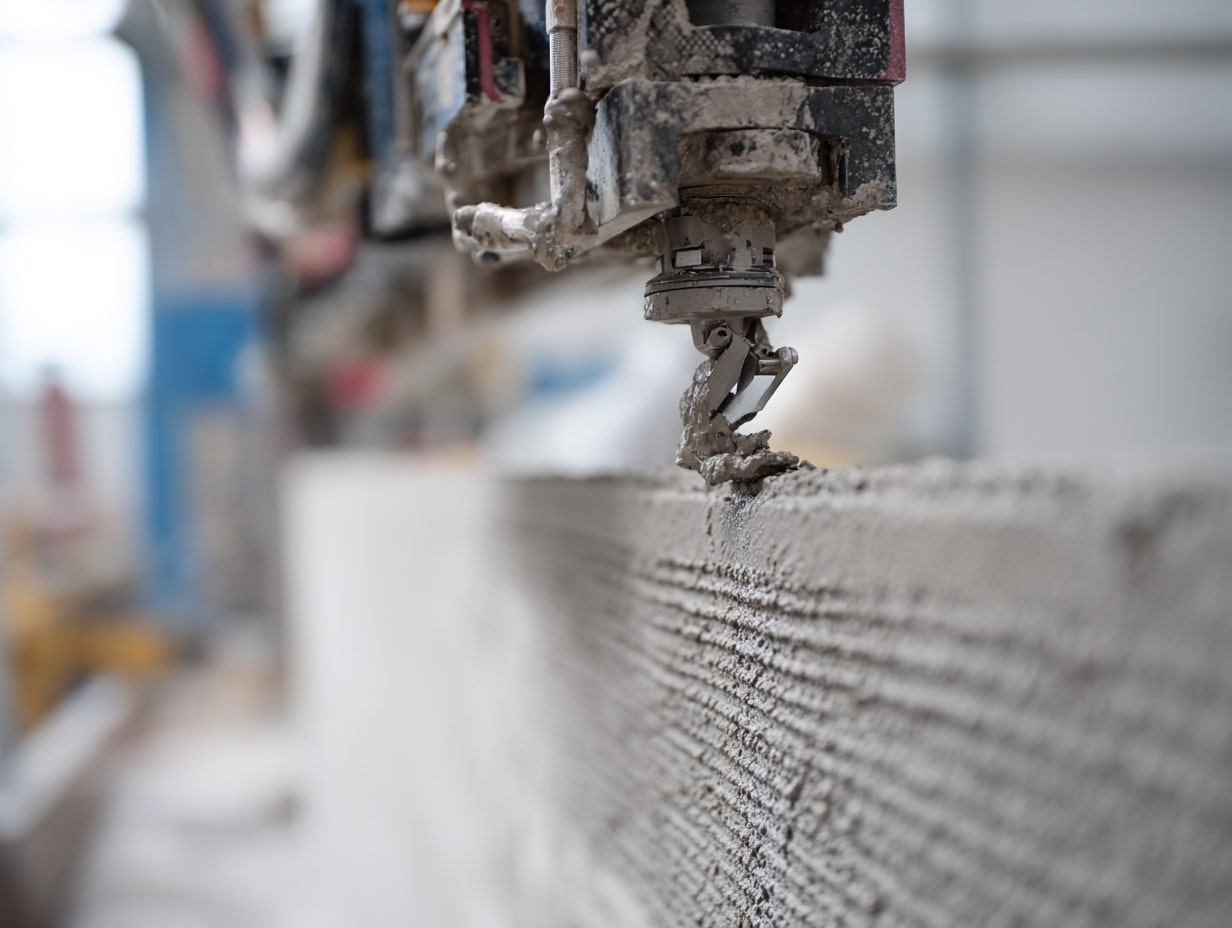- Home
- Articles
- Architectural Portfolio
- Architectral Presentation
- Inspirational Stories
- Architecture News
- Visualization
- BIM Industry
- Facade Design
- Parametric Design
- Career
- Landscape Architecture
- Construction
- Artificial Intelligence
- Sketching
- Design Softwares
- Diagrams
- Writing
- Architectural Tips
- Sustainability
- Courses
- Concept
- Technology
- History & Heritage
- Future of Architecture
- Guides & How-To
- Art & Culture
- Projects
- Interior Design
- Competitions
- Jobs
- Store
- Tools
- More
- Home
- Articles
- Architectural Portfolio
- Architectral Presentation
- Inspirational Stories
- Architecture News
- Visualization
- BIM Industry
- Facade Design
- Parametric Design
- Career
- Landscape Architecture
- Construction
- Artificial Intelligence
- Sketching
- Design Softwares
- Diagrams
- Writing
- Architectural Tips
- Sustainability
- Courses
- Concept
- Technology
- History & Heritage
- Future of Architecture
- Guides & How-To
- Art & Culture
- Projects
- Interior Design
- Competitions
- Jobs
- Store
- Tools
- More
How to Treat Voids Between Open and Closed Spaces for Better Design and Efficiency
Discover effective strategies to treat voids between open and closed spaces in architecture. This article highlights the challenges posed by these gaps, from aesthetics to energy efficiency. Learn how construction techniques and environmental factors contribute to voids, and explore practical methods to fill and seal them.

Voids between open and closed spaces can be a common yet challenging issue in architecture and design. These gaps not only affect aesthetics but can also lead to energy inefficiencies and structural concerns. As we navigate through this topic, we’ll explore effective strategies to address these voids and enhance both functionality and visual appeal in our spaces.
Understanding how to treat these voids is essential for creating cohesive environments. Whether we’re dealing with large commercial areas or cozy residential settings, finding the right solutions can transform the way we experience our surroundings. Join us as we delve into practical techniques and innovative ideas that will help us bridge the gap between open and closed spaces.

Table of Contents
ToggleUnderstanding Voids Between Open and Closed Spaces
Voids between open and closed spaces refer to the gaps or missed connections within architectural designs. These voids can significantly affect the overall functionality and aesthetics of a space.

Definition of Voids
Voids encompass the gaps or openings existing between different spaces within a structure. Examples include transitions between a hallway and a room, or the spaces surrounding furniture. They can appear as negative space that disrupts flow or as functional elements like windows and doorways. Understanding these voids helps in identifying their impact on spatial dynamics.
Importance of Addressing Voids
Addressing voids enhances both the utility and aesthetics of spaces. Effective treatment of these gaps can boost energy efficiency by improving airflow and reducing thermal bridging. Creating cohesive connections between open and closed areas fosters a sense of unity and functionality. For instance, integrating design elements like arches or consistent flooring can minimize disruptive voids. Prioritizing these strategies helps in optimizing comfort, accessibility, and overall design integrity.
Common Causes of Voids
Voids between open and closed spaces often arise from various construction and environmental factors. Identifying these causes is essential for effectively treating the gaps.

Construction Techniques
- Inaccurate Measurements: Poor measurements during construction create gaps between walls, floors, or ceilings. We should always ensure precise calculations to prevent misalignments.
- Subpar Materials: Using low-quality materials leads to shrinkage or warping, resulting in voids. Selecting high-grade materials balances durability and aesthetics.
- Poor Installation: Incorrect installation of drywall, flooring, or cabinetry can contribute to unwanted gaps. We emphasize proper techniques and adherence to guidelines to maintain integrity.
- Incomplete Framing: Inadequate framing can leave spaces where connections should exist. Ensuring thorough framing practices addresses potential voids.
- Changes in Design Plans: Last-minute alterations often avoid gaps. We recommend sticking to initial designs or communicating changes to prevent voids from occurring.
Environmental Factors
- Temperature Fluctuations: Significant changes in temperature cause expansion and contraction in building materials, creating voids. We need to account for local climate conditions to mitigate this.
- Moisture Levels: High humidity can lead to swelling of materials, followed by shrinkage as conditions change. Monitoring moisture levels helps maintain a balanced environment.
- Ground Settling: Soil movement or settling can shift the foundation of a structure, causing gaps to develop. We suggest regular inspections to catch these shifts early.
- Natural Disasters: Events such as earthquakes or flooding can force materials apart, creating voids. Implementing disaster-resistant designs can enhance resilience against these occurrences.
Methods to Treat Voids
We can effectively address voids through various methods tailored to their specific characteristics and locations within a space.

Filling Voids
Filling voids involves using appropriate materials to occupy empty spaces. We typically use materials such as foam, caulk, or insulation for small spaces, ensuring a tight seal against air and moisture penetration. For larger voids, options like concrete, grout, or expanding foam work best. Each filler should match the purpose of the void to maintain strength and integrity. For example, using insulation enhances energy efficiency in walls, while concrete provides stability in floors.
Sealing Voids
Sealing gaps prevents air leakage and moisture intrusion, both of which can degrade structural and energy efficiency. We choose sealants based on the void size and environment, opting for caulks for smaller cracks and weatherstripping for door and window seams. It’s crucial to select water-resistant and durable materials, as these contribute to longevity and performance. Regular inspections of sealed areas ensure any wear or damage is swiftly addressed, maintaining effectiveness over time.
Reinforcing Structures
Reinforcing structures mitigates the risks posed by voids, enhancing stability and load-bearing capacity. We often consider additional framing, such as added support beams or brackets, for areas with significant voids. For existing structures, methods like underpinning can provide extra support. Using materials like steel or engineered wood can also introduce strength where voids have compromised structural integrity. Comprehensive assessments of load paths help identify where reinforcement is necessary, ensuring enduring safety and functionality.
Best Practices for Prevention
Preventing voids between open and closed spaces requires proactive measures and ongoing attention. Implementing best practices can help maintain the integrity and functionality of our designs.

Regular Inspections
Conducting regular inspections is essential for identifying potential voids early. We recommend scheduling inspections at different intervals, such as quarterly or biannually, depending on the building type. Inspect wall joints, gaps around doors and windows, and transitions between different materials. Any signs of wear or separation must be addressed immediately to prevent further issues. Employing professional inspectors with expertise in building integrity enhances our ability to detect hidden voids and assess various conditions effectively.
Quality Materials
Utilizing quality materials plays a critical role in preventing voids. Select durable, building-grade materials designed to withstand environmental changes and stress. Properly engineered sealants, foams, and fillers offer superior adhesion and longevity, preventing gaps from forming. Choosing materials that are compatible with each specific application ensures optimal performance. In structural applications, using high-quality beams and framing materials improves stability and reduces the likelihood of void creation over time. Prioritizing quality in our construction choices supports our commitment to providing resilient and cohesive environments.
Conclusion
Treating voids between open and closed spaces requires a systematic approach focusing on prevention and mitigation. We understand that filling gaps with suitable materials like foam, caulk, or concrete ensures airtight seals that preserve energy efficiency and structural integrity. Sealing voids plays a vital role in preventing air leakage and moisture intrusion, so selecting high-quality, durable sealants delivers long-lasting results.
Strengthening the structure enhances stability. Adding support beams or employing underpinning methods reinforces existing frameworks, boosting load-bearing capacity. Regular inspections at specified intervals allow us to identify potential voids before they become problematic, particularly in high-risk areas like wall joints and the perimeters of doors and windows.
Working with professional inspectors can further enhance our ability to detect hidden voids, allowing for more precise interventions. Utilizing quality, building-grade materials is crucial in our quest to prevent voids from forming. Properly engineered sealants, foams, and fillers contribute to minimizing gaps, while selecting robust framing and beams fosters overall structural durability. Through these practices, we create cohesive, functional, and visually appealing environments.
- architectural design solutions
- architectural efficiency methods
- architectural void solutions
- architectural void treatment
- better space design
- building space management
- closed space design strategies
- design balance between open and closed areas
- design efficiency solutions
- designing with voids
- effective use of space
- efficient building layout
- enhancing design spaces
- interior space planning
- open and closed space design
- open space planning
- space optimization techniques
- void integration in architecture.
- void management in buildings
- void space utilization
- void treatment in design
- Voids in architecture
Submit your architectural projects
Follow these steps for submission your project. Submission FormLatest Posts
How Much Time Does It Take to Install Impact-Resistant Windows and Doors
Introduction Upgrading your home’s windows and doors can feel like a big...
How to Furnish Your New Home in 24 Hours (Without Picking Up a Screwdriver)
The keys have been handed over. The lease is signed. You are...
3D Printed Homes: Time, Cost, and What to Expect
3D printed homes explained: realistic timelines (24–72h walls, 8–16 weeks total), true...
How a Contact Centre Boosts Trust in Your Building Business
In construction, trust is the glue that holds projects together. Clients need...












Leave a comment